Have you ever wondered where you'd come out if you drilled to the other side of the world? Now, if you have an Android device and Chrome web browser, you can find out.
On its Experiments with Google hub, Google has aggregated a collection of AR experiences built on the WebXR standard that show off the outer reaches of what is possible for web-based AR development.
Probably the coolest of the AR experiences in the WebXR collection is Floom, which opens a portal to the other side of the globe at your feet.
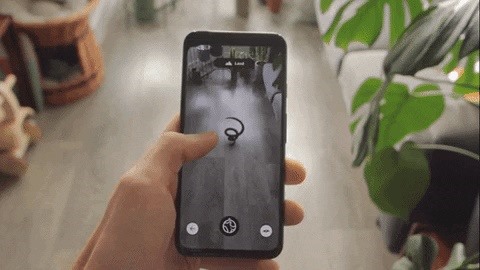
Moving the device around your space and adjusting the angle will offer a different location, with hints provided at the top of your screen for land and water. Once you've arrived at a location to drill, tap the screen and the portal will open up to show you the exact destination on the other side. You can even explore location further through Google Earth.
My hope is that this will finally convince Flat Earthers that the world is, in fact, round, but I'm afraid that might be a lost cause.


Next up is Measure Up, a web-based take on the Measure apps offered by Apple and Google, as well as other app makers. Measure Up distills the experience to a single process, though, in measuring the dimensions of any object by setting the length, width, and height through the camera view.

The third of these experiments, Sodar, actually debuted last year at a time when everyone was concerned about social distancing, overlaying a halo with a radius of six feet (or two meters) to confirm proper distance from others. Sadly, the experience still maintains relevance in 2021, and thus has a home in the WebXR collection as well as its own dedicated webpage.


Finally, the fourth experiment featured in the gallery isn't quite ready for prime time. Picturescape projects images from your Google Photos library into your personal space, with a dial enabling you to look at memories from a certain period of time. For any avid users of Google Photos (such as yours truly), this is an experience to look forward to.

"Augmented and virtual reality are opening up the possibilities of how we interact with the world and information around us. WebXR brings together AR and VR on the web to make them more convenient and widely accessible," said Zebedee Pedersen, a creative technologist for Google's Creative Lab, in a statement.
Alas, these web-based AR experiences are only available on ARCore-compatible Android devices running the latest version of Google Chrome, which probably makes the folks at 8th Wall happy about their device-agnostic web AR platform.
Nonetheless, these innovative experiments also help push the envelope for what is possible on mobile devices without relying on native apps. These kinds of web capabilities may be crucial in our future with AR wearables, with Apple, Facebook, Snap, Microsoft, and Magic Leap, among others, all building or offering devices with their own operating systems. Web-based experiences would enable developers and creators to publish across these devices...but we would need to unshackle them from Android first.
Just updated your iPhone? You'll find new emoji, enhanced security, podcast transcripts, Apple Cash virtual numbers, and other useful features. There are even new additions hidden within Safari. Find out what's new and changed on your iPhone with the iOS 17.4 update.
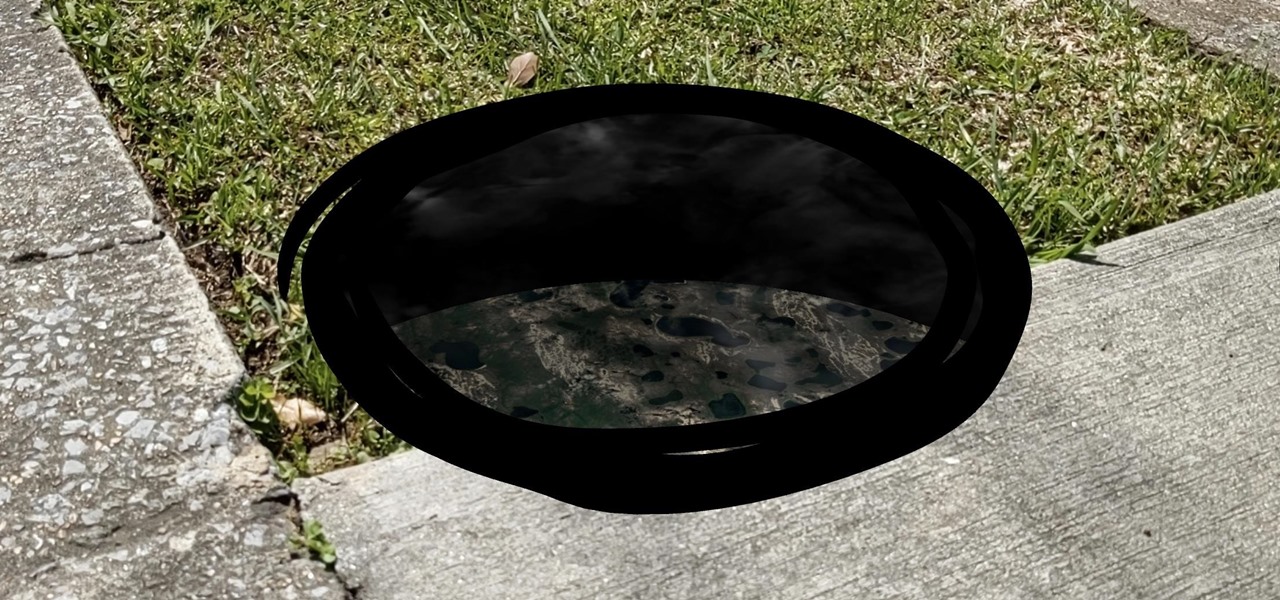


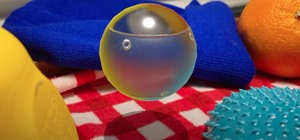





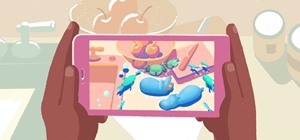


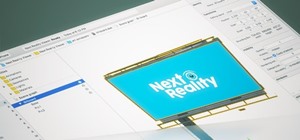


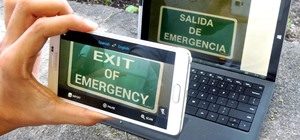

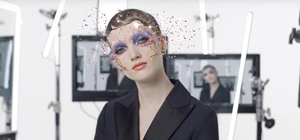


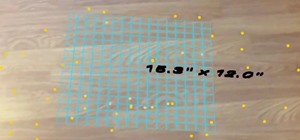

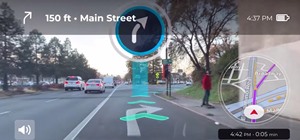


Be the First to Comment
Share Your Thoughts